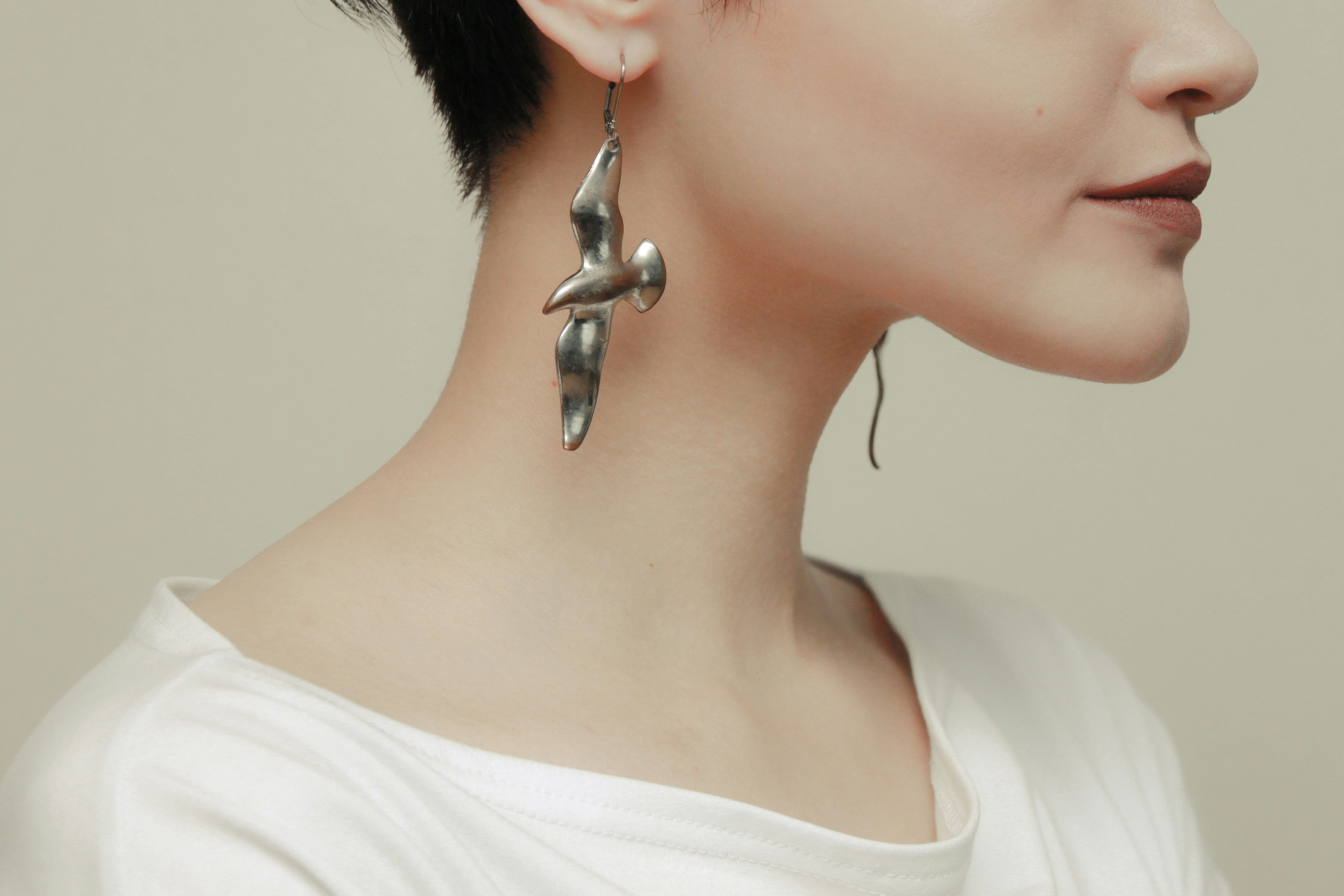The Unseen World of Therapy Horses: A Comprehensive Overview
In the realm of animal-assisted therapy, dogs and cats often steal the spotlight. However, there's another key player offering transformative therapeutic experiences: the humble horse. Used for physical and mental healing, these majestic creatures are altering lives in profound ways. In this article, we delve into the untapped world of Equine Assisted Therapy, anchoring our narrative in its historical origins, current trends, and future prospects.

Laying the Foundation: History of Equine Therapy
The use of horses for therapy can be traced back to ancient Greek times, where horse-riding was recommended for uplifting spirits and improving overall health. However, it wasn’t until the 20th century that Equine Assisted Therapy started to gain recognition. The 1952 Olympics highlighted the therapeutic effects of horse-riding when Lis Hartel, a Danish dressage rider with polio, won a silver medal. Her success sparked interest in horse-riding as a therapeutic activity, leading to the establishment of the first therapeutic riding center in Scandinavia in 1956.
Modern Day Practice: Current Trends in Equine Therapy
Today, equine therapy encompasses a wide range of interventions, including therapeutic horseback riding, Equine Assisted Learning (EAL), and Equine Assisted Psychotherapy (EAP). These programs are tailored to diverse populations, from children with autism to war veterans grappling with PTSD. The unique characteristic of horses to mirror human emotions has been leveraged in EAP, helping individuals gain insights into their emotional states and behavior patterns.
Market Dynamics: The Financial Angle
While the price range for equine therapy sessions can vary widely, the average cost in the U.S. ranges from $50 to $150 per session. Insurance companies are beginning to recognize the benefits of equine therapy, with some offering partial or full coverage for treatments. The market for equine-assisted therapy is projected to grow, given its increasing acceptance as a complement to traditional therapies.
The Future of Equine Therapy: What Lies Ahead?
In terms of future developments, research in equine therapy is gaining momentum. Preliminary studies suggest positive outcomes in improving motor skills, enhancing social skills, and reducing anxiety. However, there is a need for more rigorous, large-scale studies to establish the efficacy of equine therapy fully. As research advances, we might see equine therapy becoming a mainstream therapeutic approach.
The Unseen Heroes
While the world of therapy horses remains largely unseen, it is undoubtedly making waves in the therapeutic space. Horses, with their gentle demeanor and intuitive nature, are proving to be effective therapists. As we continue to explore the multifaceted benefits of equine therapy, one thing is certain: these majestic creatures are more than just beasts of burden—they are healers, guides, and silent companions walking alongside us on our journey towards healing and self-discovery.




